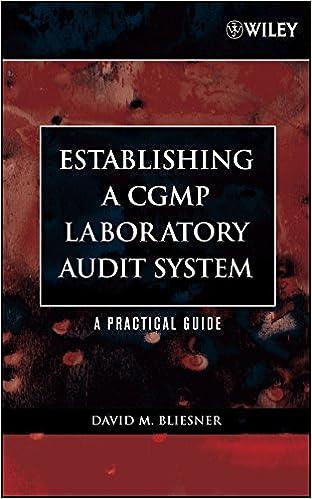Question
Q1: Your audit firm has recently accepted a new client, Crafts PLC, a manufacturer of building materials (cement, mortar and bricks). The company has experienced
Q1: Your audit firm has recently accepted a new client, Crafts PLC, a manufacturer of building materials (cement, mortar and bricks). The company has experienced rapid growth in the last three years. The companys financial year ends on 31st December. Crafts PLC has yet to have its financial statements audited since the company has recently changed from a limited liability partnership to a PLC.
Given the soaring demand for the building materials, the Crafts PLC requires high levels of inventory. This has led the company to request an increase in its bank overdraft facility. The companys financial analysts and bankers have suggested that an external audit is performed on Crafts PLCs financial statements for the year ending 31st December 2021. The company's bankers have requested that an audit is undertaken on the financial.
On 31st December, Crafts PLCs inventory includes raw materials, work-in-progress and finished goods. Crafts PLC does not perform perpetual inventory counting. However, it does conduct a full inventory count but does intend to perform a full inventory count on 31st December. Crafts PLC employs a standard costing system to calculate work in progress and finished goods.
Required:
(a) Carefully examine the objectives of the audit planning stage, with emphasis on areas that will aid the auditor in gaining a comprehensive knowledge and understanding of the business?
(b) Discuss the audit risks faced by Crafts PLC. How will those risks be addressed?
Step by Step Solution
There are 3 Steps involved in it
Step: 1

Get Instant Access to Expert-Tailored Solutions
See step-by-step solutions with expert insights and AI powered tools for academic success
Step: 2

Step: 3

Ace Your Homework with AI
Get the answers you need in no time with our AI-driven, step-by-step assistance
Get Started


